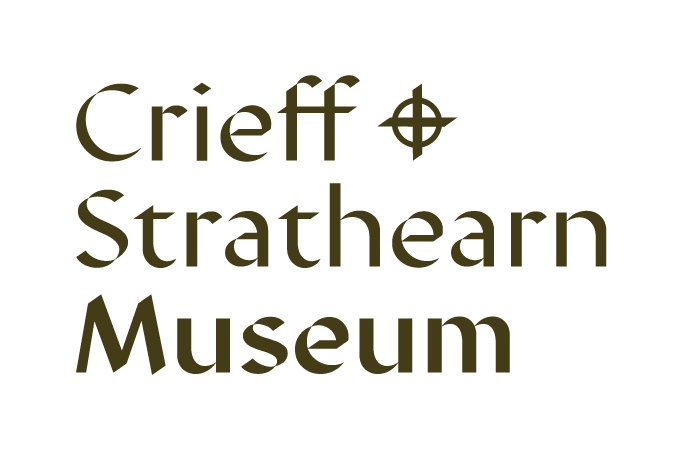Digital Collecting Symposium
A fascinating day with many interesting speakers. Andrew attended and participated, well aware that there is not an obviously strong case to be made for C&SM having much to do with born-digital assets. The nature of the discourse was wide ranging and the meaning of born-digital was asked from a number of perspectives.
We need to share thinking about what is worthy of collecting and why and how it will be represented in our museum's context. Things which are not of national concern and which may be either of the area or necessary to the context of other assets which are of the area will emerge. Especially if we consider our virtual museum and the scans we make and collect. It is arguable that digital records of oral histories and digital film and photos are born digital. The last speaker of the day, Nicōle Meehan of the University of St. Andrews, came up with a compelling framework. The overarching sense is that museums need a framework.
The chairpeople for each sessions were:
Sarah Rothwell ( NMS )
Sarah Laurenson (NMS )
Sam Alberti ( NMS )
Speakers were:
Sarah Cook - UoGlasgow - Digital Collecting - Art and Science
Corinna Gardner - V&A - Digital Collecting at the V&A
Natalie Kane - V&A - Digital Collecting at the V&A
Sherri Berger - Smithsonian National Museum of American History - "Can We Collect This?" Developing a Digital Archiving Program at the Smithsonian
Leigh Gialanella - Smithsonian National Museum of American History - "Can We Collect This?" Developing a Digital Archiving Program at the Smithsonian
Foteini Aravani - Museum of London - Collecting Video Games + Social Media at Museum of London
Jack Kirby - Science Museum Group - Digital Ecology: How and Why We Collect
Geoff Belknap - Science Museum Group - Digital Ecology: How and Why We Collect
Arran Rees - University of Leeds - #Collecting" Approaches to Collecting with / from Social Media
Nicōle Meehan - University of St. Andrews - The Digital Object: Materiality, Aura and Value
Digital literacy and skills: Briefing workshop
First Steps: Caring for Community Archives
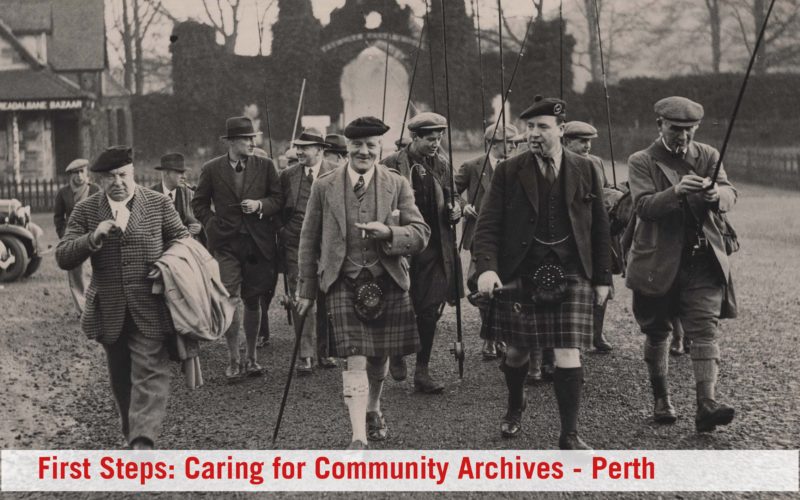
On Thursday, Andrew and Ann attended a day long workshop arranged by the Scottish Council on Archives in collaboration with Historic Environment Scotland, National Records Scotland and Culture Perth & Kinross. The purpose of the exercise was to learn about conservation and cataloguing and to discuss C&SM's aims in these respects.
The event attracted delegates from all over Scotland, including: Undiscovered Angus, Glasgow Building Preservation Trust, Comrie, The Carse of Gowrie Sustainability Group, Breadalbane Heritage Society, The Dunkeld Archive, East Renfrewshire Culture & Leisure, The Save Wemyss Ancient Caves Society, Hospitalfield, South Lanarkshire Leisure & Culture, Milngavie Heritage Centre and Auchtermuchty Heritage.
Speakers included: Dr. Alison Rosie, Registrar of the National Register of Archives for Scotland, Hazel Devere, Conservator at the National Records of Scotland, Ishbel MacKinnon, Archivist at the Perth & Kinross Archive, Robin Urquhart, Head of Digitisation at National Records of Scotland and Tim Gollins, Head of Preservation and Information Management at the National Records of Scotland. The whole event was expertly wrangled by Audrey Wilson of the Scottish Council on Archives.
It was a fascinating day which also yielded opportunities for networking and further discussion. Indeed, we were pleased to meet with members of the Comrie Development Trust and to talk about their plans for a museum at Cultybraggan. The meeting with Jack and Frances was opportune because Andrew had with him the POW handiwork which had been donated earlier in the week. More on this anon.
We had a tour of the A K Bell archives section and we each individually got to try out cleaning of a 19th century document and had interesting and useful demonstrations from Hazel on how to store and handle materials.
We came away better informed and with access to a host of useful contacts and ongoing help.
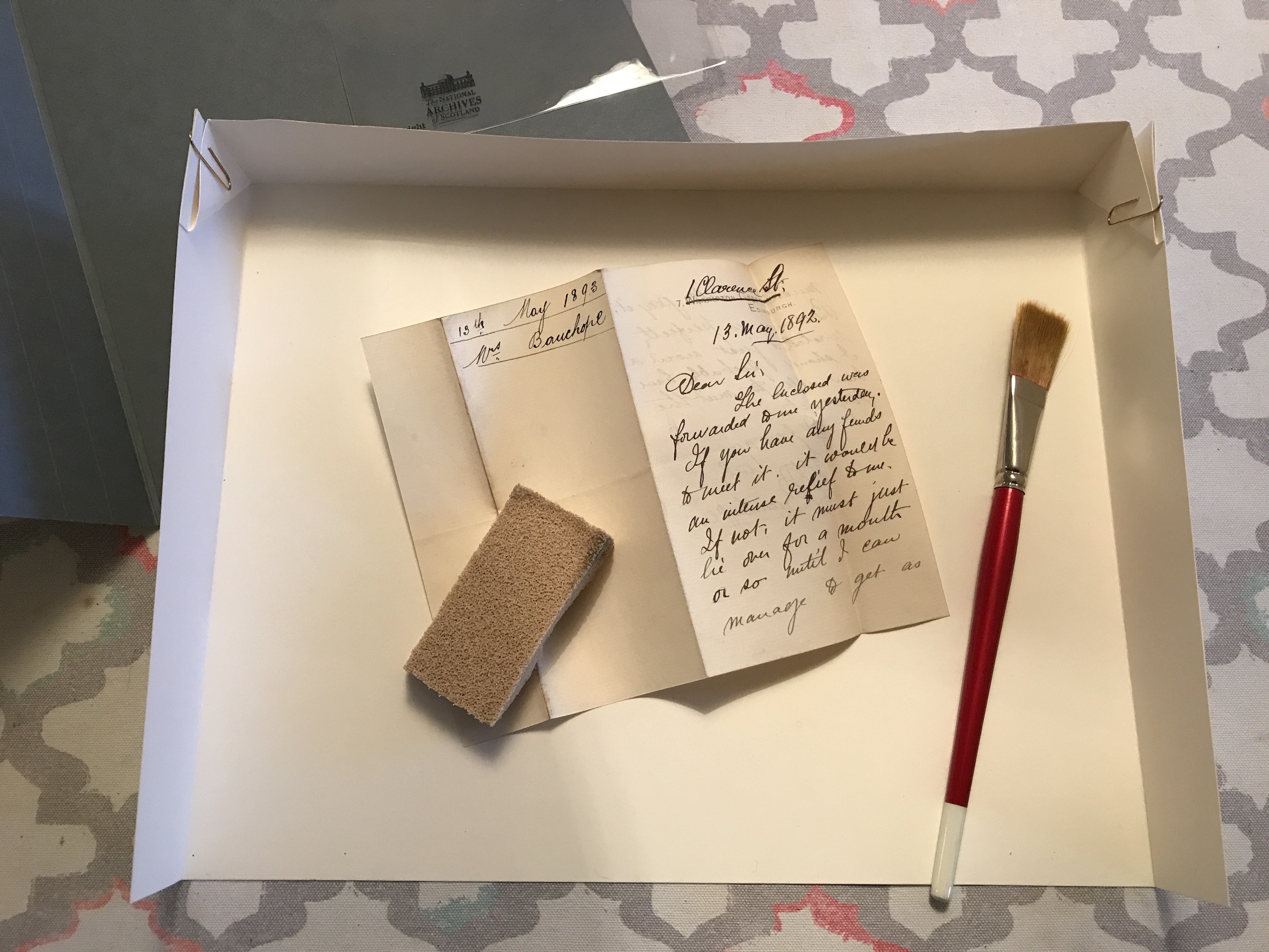
AR and VR - an attractive proposition
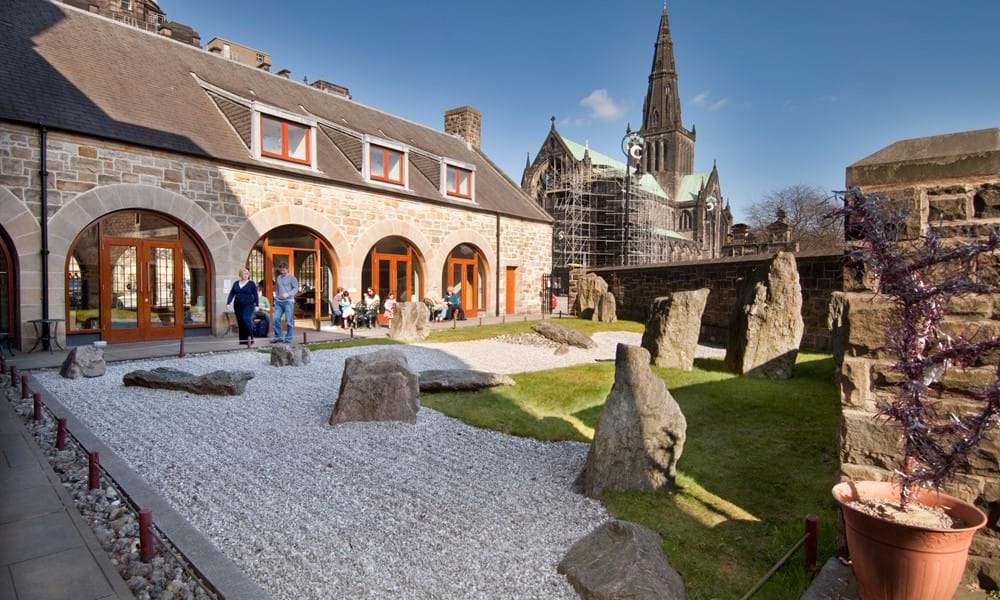
Image courtesy of The St. Mungo Museum of Religious Life & Art
Today Andrew attended the ASVA seminar in the St. Mungo's Museum in Glasgow. It was a fascinating day and produced some very useful networking opportunities. Here below is the organiser, Lesley Judge's account of the event:
Interface and The Association of Scottish Visitor Attractions (ASVA) teamed up for their second collaborative event for the tourism sector at Glasgow’s St. Mungo Museum on Tuesday 1 October 2019, attended by over 60 delegates. The morning session on Immersive Experiences, AR and VR offered insights into the uses, impacts and considerations of these technologies from leading expert speakers across academia and industry.
Kicking off, Professor Murray Pittock of the University of Glasgow shared insights into user experiences and demographics at Scottish visitor attractions from his team’s research in the Scottish Heritage Partnership. Delegates were then taken on a fascinating journey by Alastair Miller of Soluis, through a range of immersive experiences via AR and VR, including a multi-media reality portal for Tottenham Hotspur F.C and Bronze Age discoveries at the British Museum. A look into the future at shared VR experiences and the advent of 5G—the next generation of wireless networks—open up exciting opportunities for attractions.
Creative ways to engage visitors of all ages through VR and 360- degree video continued with Dr Tom Flint of Edinburgh Napier University - his work with Jupiter Artland and Dovecot Studios highlighted the importance of experimentation and risk-taking, with “happy accidents often the most amazing outputs”.
For those starting out on the journey of considering investing in immersive technologies, Dr Neil McDonnell of the University of Glasgow offered sound advice for writing a VR Brief, in an enlightening and entertaining session, arguing that VR allows us to go where we can’t, do what we can’t, control what we can’t – or do what we already can, but just better, quicker and cheaper!
The morning concluded with a fascinating talk from Professor Maria Economou of the Hunterian Museum and the University of Glasgow, who reminded us just how emotionally resonating digital cultural storytelling can be, with the right interpretation and user-centred planning. Visitors can make strong emotional connections with places, people and objects experienced through digital cultural heritage; VR and immersive experiences are a powerful way to deliver these. Delegates were offered a window into the world of EMOTIVE: A Virtual Antonine Wall Project for the Hunterian Museum, where visitors are engaged through interactive storytelling and universal themes, of love, loss, family and work. Stories were brought to life through characters such as Ebutius, a soldier with the Roman Army at the Antonine Wall; who asked us, in his own words, through VR and video, to “make him live again”. We were also able to get hands on with technology, thanks to the teams at Soluis, Edinburgh Napier University and the Hunterian Museum/University of Glasgow.
The afternoon session continued on the theme of engaging visitors, this time with a focus on people and skills. The Exceeding Visitor Expectations (EVE) learning programme, led by Gordon Morrison, CEO of ASVA, reminded us that while technology is important, it’s the people in our attractions who can make a real difference in helping to create unique, personal, memorable visitor experiences. In a practical business case study, Hayley Shields of Historic Environment Scotland shared the challenges of implementing the EVE programme across multiple sites in Scotland, for a wide range of staff.
The key take-aways from the afternoon session? Learn from others, share best practice and create networks: the perfect way to sum up our event objectives; challenging our thinking and leaving us with plenty of food for thought to help visitors build lasting memories of the future.
We are following up with Solius, Tom Flint and Neil McDonnell, in the process of developing a brief.
Culloden Moor
On Monday 6th May we visited the site of the famous Battle of Culloden Moor. Together with Isla Crichton, Simon Pengelley and Ewen Honeyman, we drove north on a fine Spring morning. We were full of anticipation as none of us had seen the site since the National Trust made extensive improvements there several years ago.
The exhibition explains in great detail exactly what happened before, during and after this famous battle. There are many display cases showing the build up, the type of weapons used, and pictures of the fighting. The battle took place on 16th April 1746 and was the last pitched battle fought on British soil. It was a complete disaster for Bonnie Prince Charlie and his Jacobite army, as they were decisively defeated by the Government forces led by the Duke of Cumberland. It ended for ever the hopes of the Stuart dynasty to take back the throne from the Hanoverians.
The story is told of how Prince Charles Edward Stuart had made considerable headway before this date, how men from the Manchester Regiment joined his Jacobite forces, and they had even threatened London at one point. But that many mistakes were then made in the lead up to this vital battle, not least the confusion in the final day or two which left his army hungry and exhausted. Government forces on the other hand, made up of Scots, Welsh and Irish men as well as English, were well rested and fed, and what is more the terrain suited their type of warfare.
The battle lasted little more than an hour and left between 1500 and 2000 Jacobite men dead or wounded. By contrast only 300 men fighting for the Government were killed or wounded.
One of the best bits of the exhibition is a room where all 4 walls are large screens each one synchronised and showing a 3 minute film of how the battle went, and as you stand in the middle of this the noise and the horror of it is all around you. This is not quite as effective as Virtual Reality but very well done nevertheless.
Personally I found some of the lighting was poor, and failed to highlight the objects properly. But the day was informative and this site is well worth a visit.
Ann McIntosh
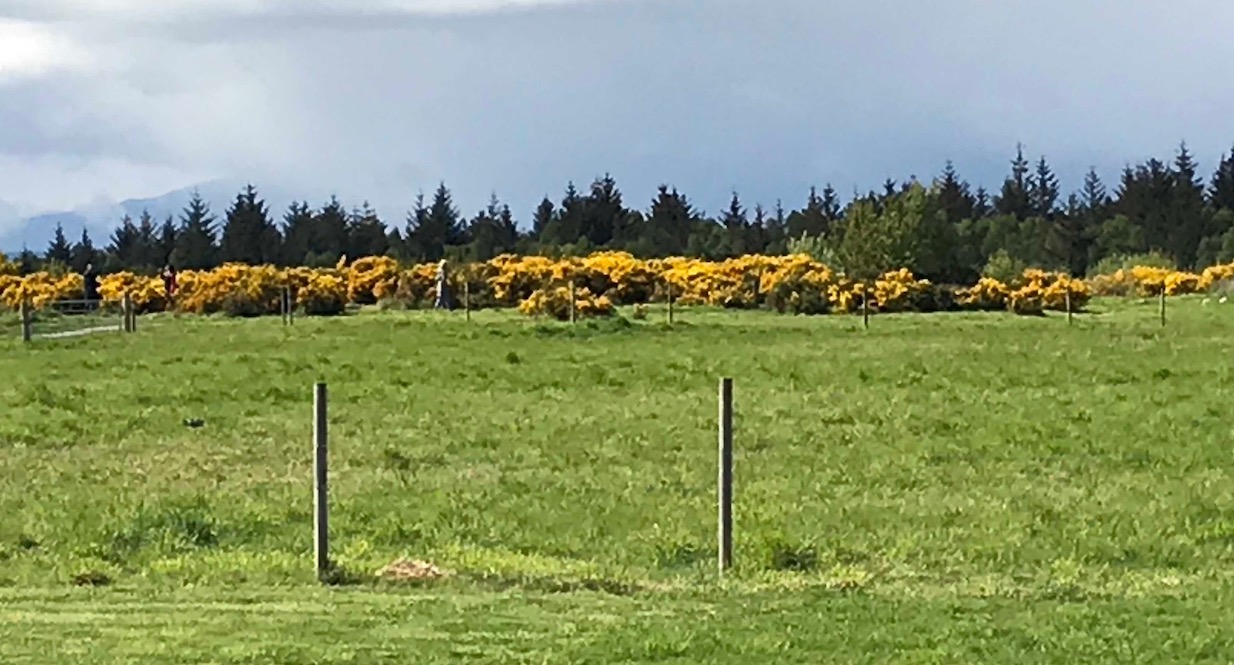
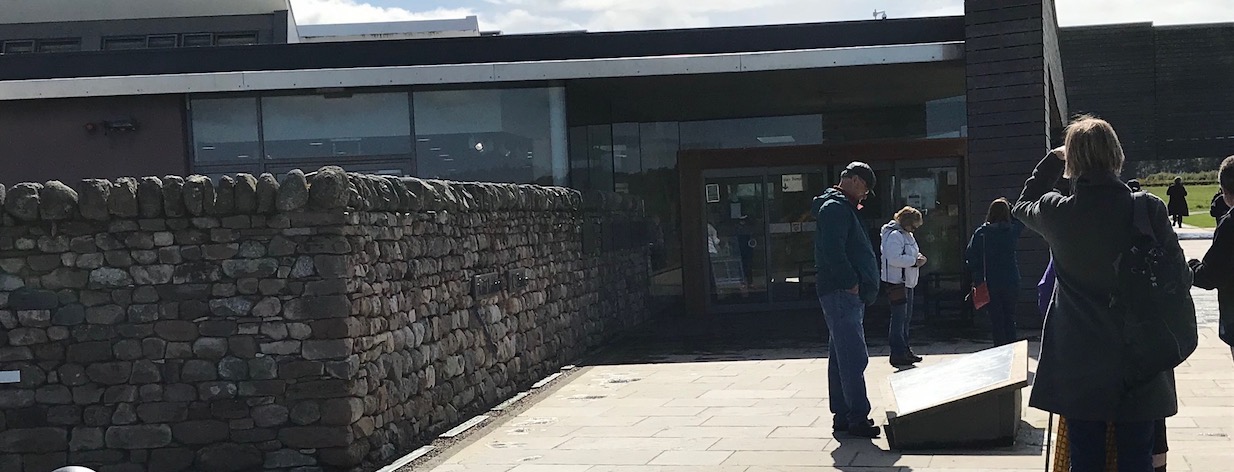
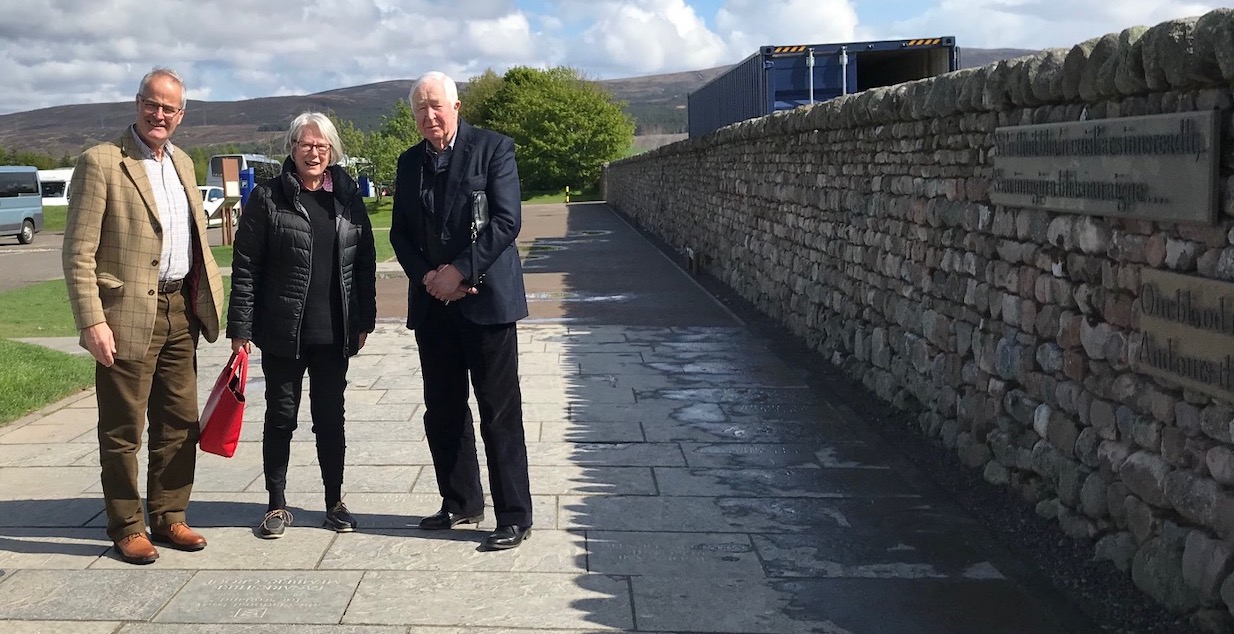
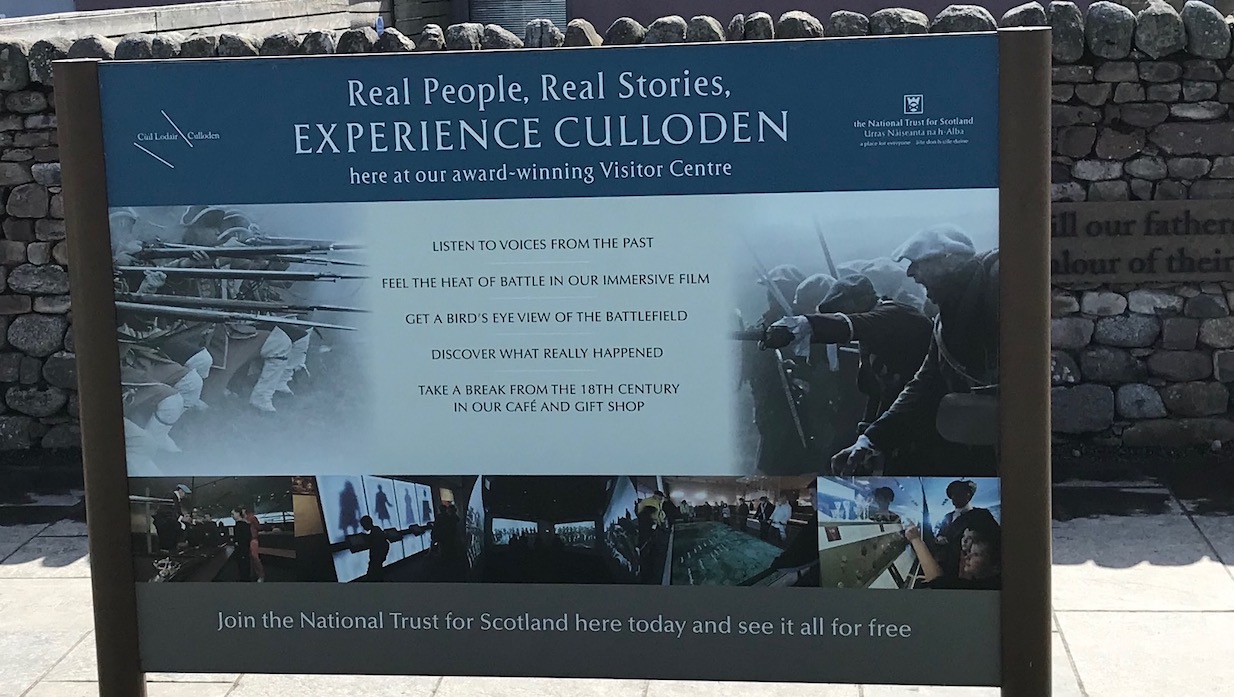
HES add another SketchFab model
This gaming board is scored with lines for a medieval game of merelles, or nine mens morris. Each player would have nine gaming pieces that would be placed at 24 points on the board. As with the modern game of checkers, the player’s objective would be to move around the board until all the opponents’ pieces were captured.
Why Archives Matter
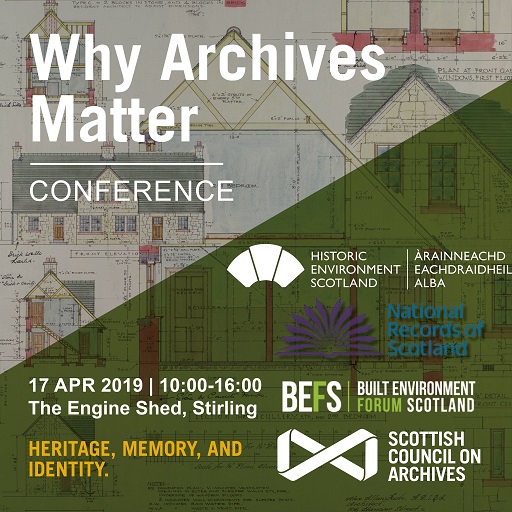
Ann and Andrew attended the Scottish Council on Archives WHY ARCHIVES MATTER conference at the Engine Shed on the 17th April.
It was a densely packed day of talks which were interesting and stimulating.
FYI the itinerary is below:
Introduction & Welcome
Welcome address: Fiona Hyslop MSP, Cabinet Secretary for Culture etc.
SESSION ONE: HERITAGE (USING ARCHIVES)
"Archives and Me"
Dr David Mitchell, Director of Conservation, Historic Environment Scotland
"Archives and the Future of the Past"
Professor Richard Rodger, Professor Emeritus, University of Edinburgh
"Architecture and Authenticity in Art Deco Glasgow"
Fiona Sinclair, Architect
"John Nicolson and Sir Francis Tress Barry: Two Remarkable People, Two Collections, One Archive" Lesley Ferguson, Head of Archives, Historic Environment Scotland
SESSION TWO: MEMORY (TELLING OUR STORY THROUGH ARCHIVES)
"The Impact of War: New Evidence from WW1 Pension Appeals" Bruno Longmore, Head of Archive Depositor Liaison, National Records of Scotland
"Scottish Poor Law Records"
Dr Irene O’Brien, Archivist, Glasgow City Archives
"Our Place in (Scottish Publishing) History: How the HarperCollins Archive Shapes who we are" Dawn Sinclair, Archivist, Harper Collins
"Voices: Archival Experiences within the Royal Edinburgh Hospital’s Bicentenary Celebrations" Alison Stirling, Artistic Director, Artlink Edinburgh, Annabel Sings and Ruth Honeybone, Archives Manager, LHSA
"Beyond 2022: Retrieving Lost Memories"
Dr Ciarán Wallace, Deputy Director, Beyond 2022, Trinity College Dublin
SESSION THREE: IDENTITY (SEEING OURSELVES IN ARCHIVES)
"South Asian and Muslim Identity in Scotland"
Dr Saqib Razzaq, Project Officer, Colourful Heritage
"Preserving Jewish Heritage in Scotland: The Work of the Scottish Jewish Archives Centre" Harvey L. Kaplan, Director, Scottish Jewish Archives Centre
"Italian Identity in Scotland: Archival Foundations"
Dr Terri Colpi, Honorary Research Fellow, University of St Andrews
"Scotland’s Census: The Past, The Present and The Future"
Amy Wilson, Director of Statistical Services, National Records of Scotland.
CASM board meeting
Understanding Social Investment Workshop
Today, despite being "up to her ears" in preparing for the pop-up museum, Ann attended a workshop at the A K Bell library, provided by Social Investment Scotland, on behalf of the Board of Trustees. Very interesting it was too.
First AGM for Crieff & Strathearn Museum Group
SCT meeting
Who Cares Who Cares?
You can read Diarmid Lawlor's blog on "Who cares who cares? An invitation to shape Caring Places" here.
Also "Town Centre Living: A Caring Place" here and "Why can't we live in town centres again?" by Phil Prentice here
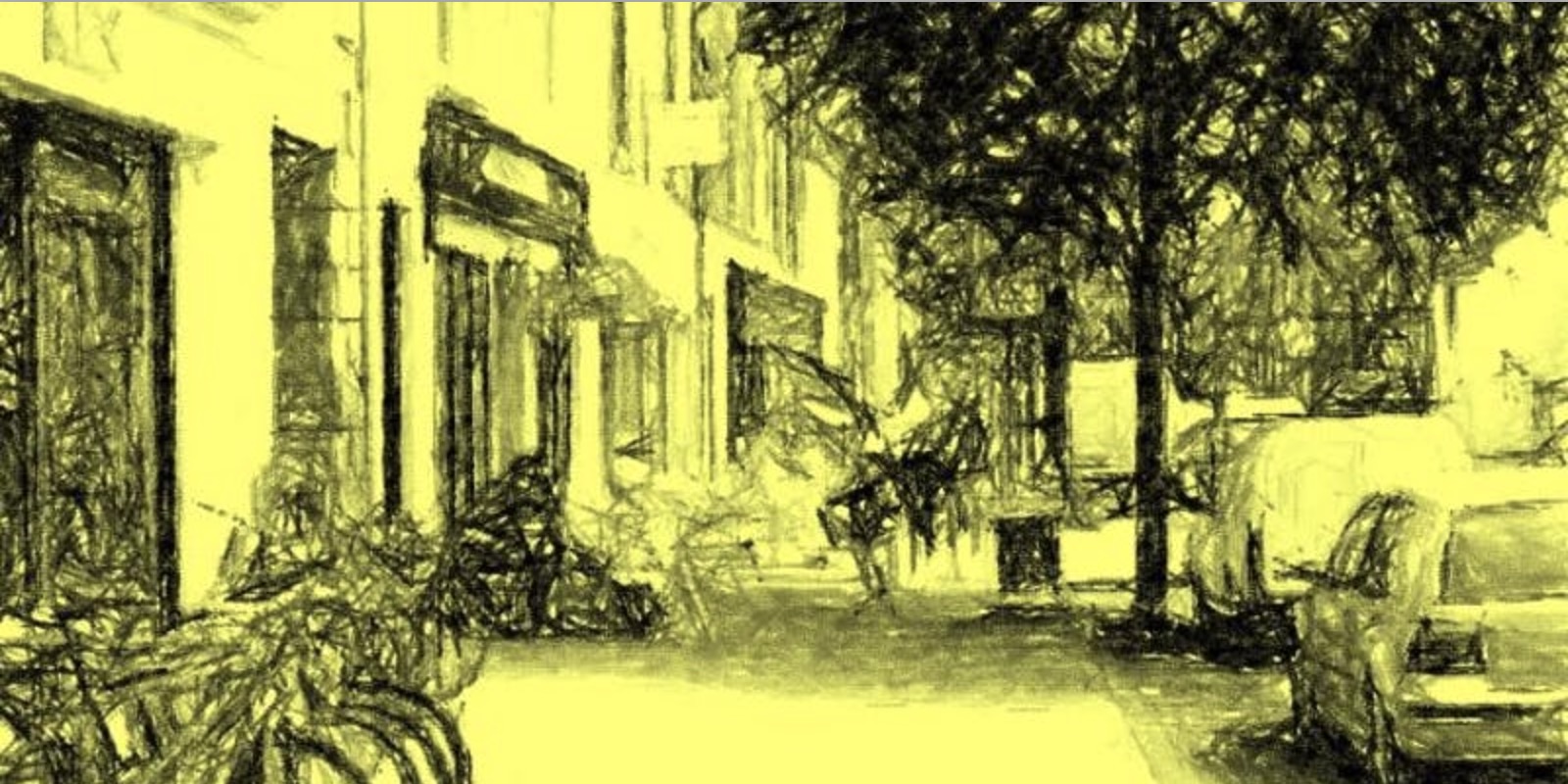
image by Architecture & Design Scotland
